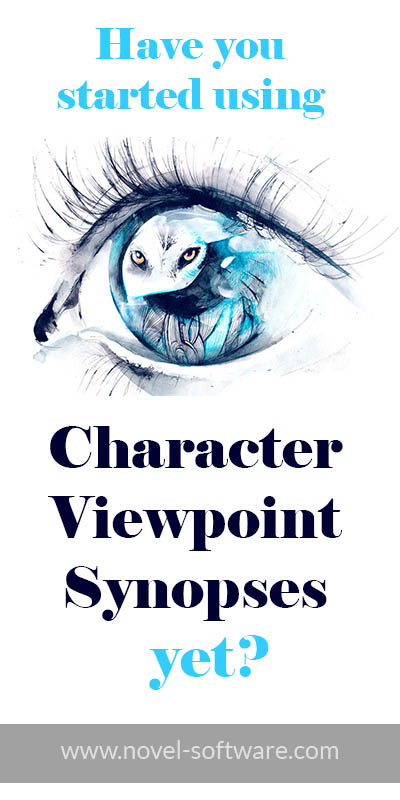
Telling the story from major character’s points of view

In most cases, you will be telling your story from the point of views of your characters. Some novels stay with a single character viewpoint for the whole story, others will jump about between different people.
But a useful technique for fleshing out your plot and building up a three dimensional world with living, breathing characters that have their own lives and aren’t simply puppets dancing to your flute – is to explore the whole story from each major character’s point of view.
Get in the heads of the sidekick and villain
For example, if your core characters are a hero, her trusty sidekick and the villain, and the entire story is told from the hero’s point of view – then first go through each scene from the sidekick’s point of view.
It’s up to you how you do it – you can just think it through in your head, or make notes, but I prefer to write it down in the character’s voice, as if they are recounting the story to me (I like to imagine them sitting on a three legged stool in the middle of an interrogation type room – but that’s optional…).
Obviously, there’s no need to get hung up on elegant prose or making everything structured right, just ride along on the flow. It can be helpful to try to slip into their skin, start to use their mannerisms and speech patterns as you write.
By doing this, you start to consider what that character was doing immediately before the scene, what motivations they might have and what emotional and other reactions they might have to the events. These responses may be different to what you were expecting when you were in the hero’s shoes.
Once you’ve done that, you can do the same for the villain. It’s probable that they won’t share as many scenes as the hero and sidekick, but that doesn’t matter. It’s interesting to think about what they do in the meantime, when they’re ‘off-stage’.
If you don’t consider those times, then you can end up giving the impression that the villain ceases to exist while the hero is running around chasing things, much like we feel about teachers at school. But once you follow your villain about through their everyday life you can also add depth and possibly even sympathy to their character and solidify their motivations and role. This will all come out subtly in the scenes they are active in.
Some final thoughts
This method can be applied to more complex novels, obviously, and most people find it surprisingly enjoyable as well as useful. Being given the freedom to just write, without having to worry about technical details is very relaxing and learning new things about the characters and story can be inspiring.
Don’t overdo it though – if you start trying to write the whole novel from the point of view of every single character, you will end up with something very interesting, but you’re liable to burn out.
